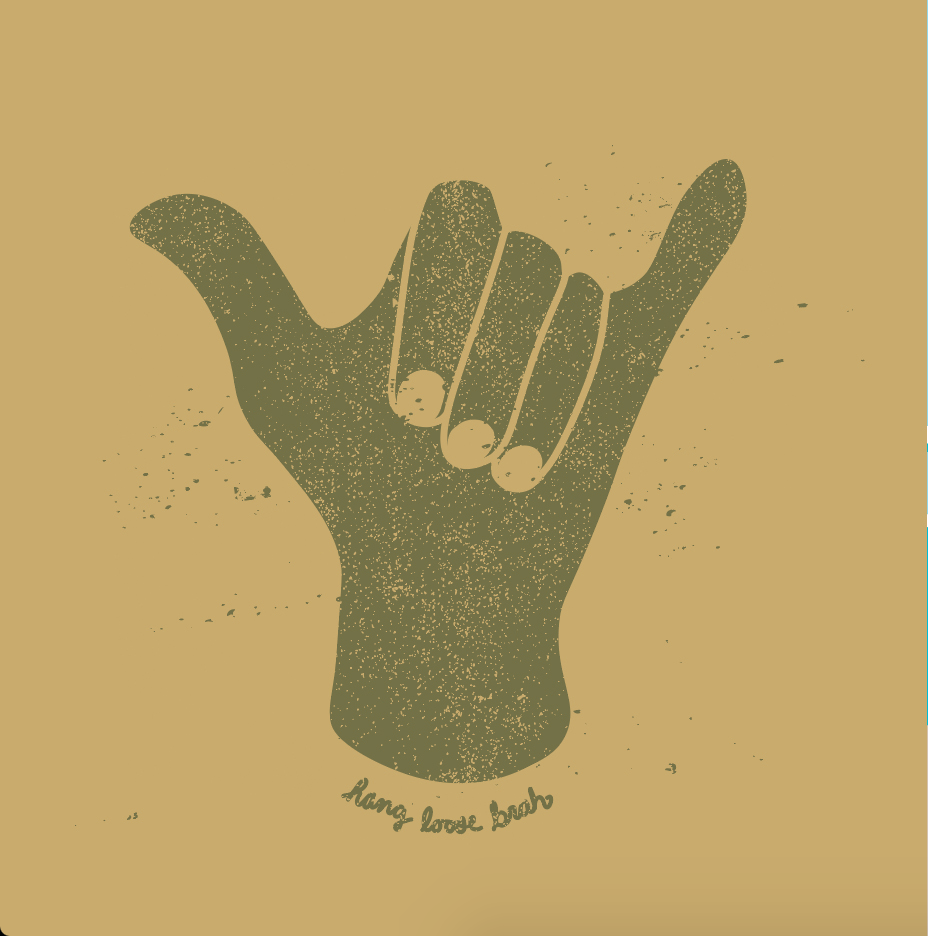The Beat #4: Constructivism, Slow Fashion, Shaka Sign & El Matador Beach
Illustrations by Greg Chinn at The Local Brand Co.
Constructivism
In the early 2000s, I (Clay) had a band called Local 429 that was dedicated to smart working class songwriting ala Woody Guthrie. We adopted Soviet era Constructivist Art as our aesthetic — highly graphic and energetic, it immediately communicated what we were about… or so we hoped. Pioneered in the early 20th Century by Alexander Rodchenko and Vladimir Tatlin, Constructivism was influenced by a push for modernization and industry. Bold and austere, it went on to influene Bauhaus design and it spread into architecture, theatrical design and other disciplines. Aside from its founders, artists like El Lissitzky and Liubov Popova are major talents.
Slow Fashion
The dangers of fast fashion are widespread and real. Abysmal working conditions, human rights violations, corrupt supply chains and major negative ecological impact have made it clear that the obsession with cheap, disposable clothes is hurting us all. The Slow Fashion movement focuses on sustainability, longevity and corporate transparency. Once again, we can know who makes our clothes and where. Many companies share information about the factories where their clothes are made, and even the cost they pay and their markup. Care is given to quality, and people find themselves willing to pay a little more for a garment that will last a lot longer. Our closets may shrink, but the opportunity for a better life for workers around the world will grow.
The Shaka Sign
The Beat illustrator and co-conspirator Greg Chinn is from Hawaii, so it may have only been a matter of time before the Shaka sign showed up here! Used to communicate a myriad of things, from “hang loose” to “thanks,” it’s become internationally recognized thanks to surfer culture. Although the word itself doesn’t have Hawaiian origins (experts think it comes from a Japanese name for the Buddha), it was popularized by used car salesman Lippy Espinda in the 1960s. All signs point to the hand gesture having a very Hawaiian origin. Legend has it that in the early 20th Century, a sugar mill worker named Hamana Kalili lost the three middle fingers of his hand to a pressing machine. That led to a career change. He became a train security guard, and to warn kids off the train he’d shout and wave his hand. The kids adopted the hand gesture as a sign to let others know the coast was clear.
El Matador Beach
Not quite a secret beach (if it were, we wouldn’t be telling you, would we?), El Matador is one of three pocket beaches near Malibu. Rocky and gorgeous, it’s typically uncrowded thanks largely to an anonymous entrance and a long walk down cliffs to reach it. The beach has made appearances in movies, including The Notebook and True Romance, and it’s been the background of countless music videos and photo shoots. Natural arches, sea stacks and caves make this beach feel worlds away from the bustle of LA, but you can spend a day there and make it back in time for dinner.









